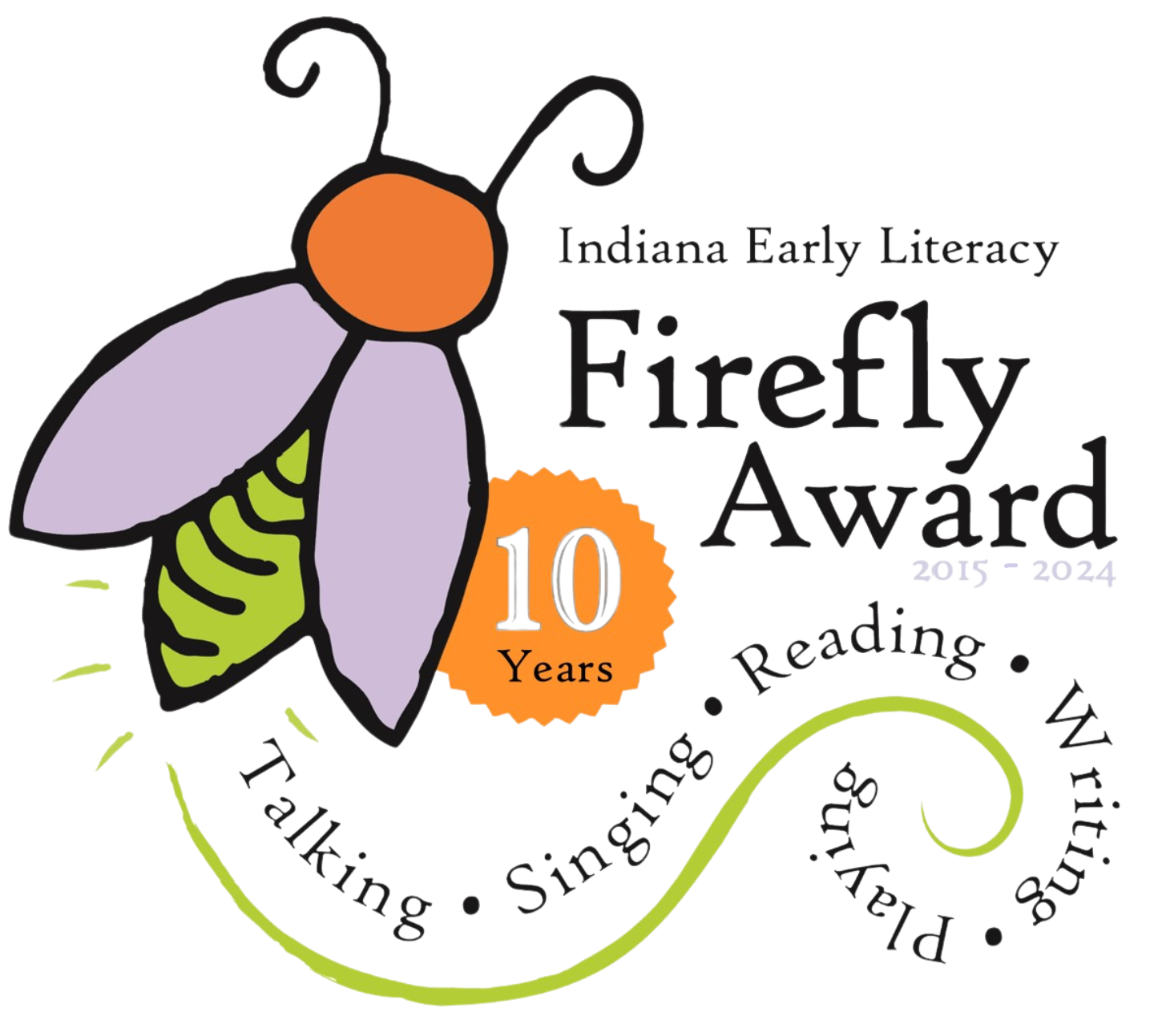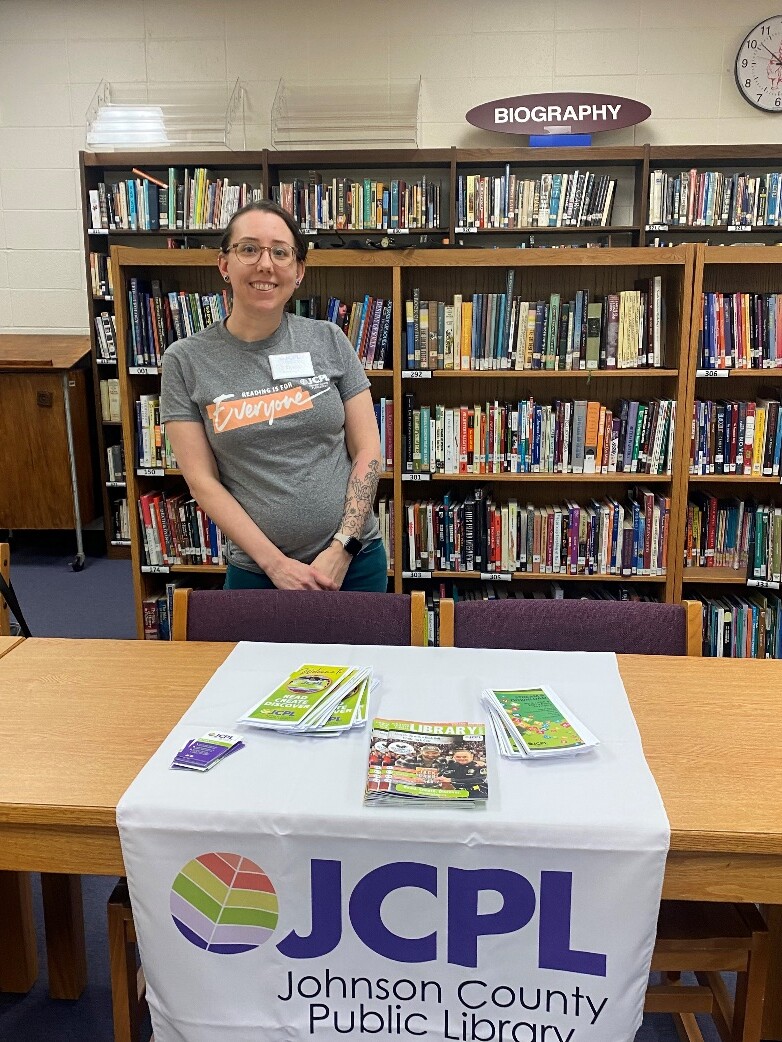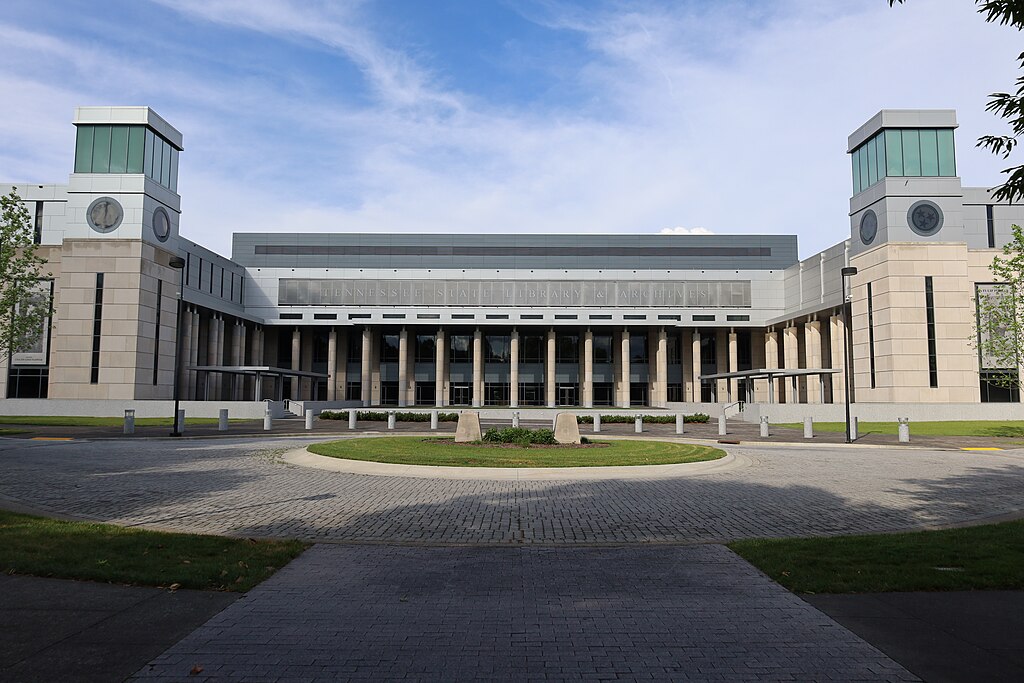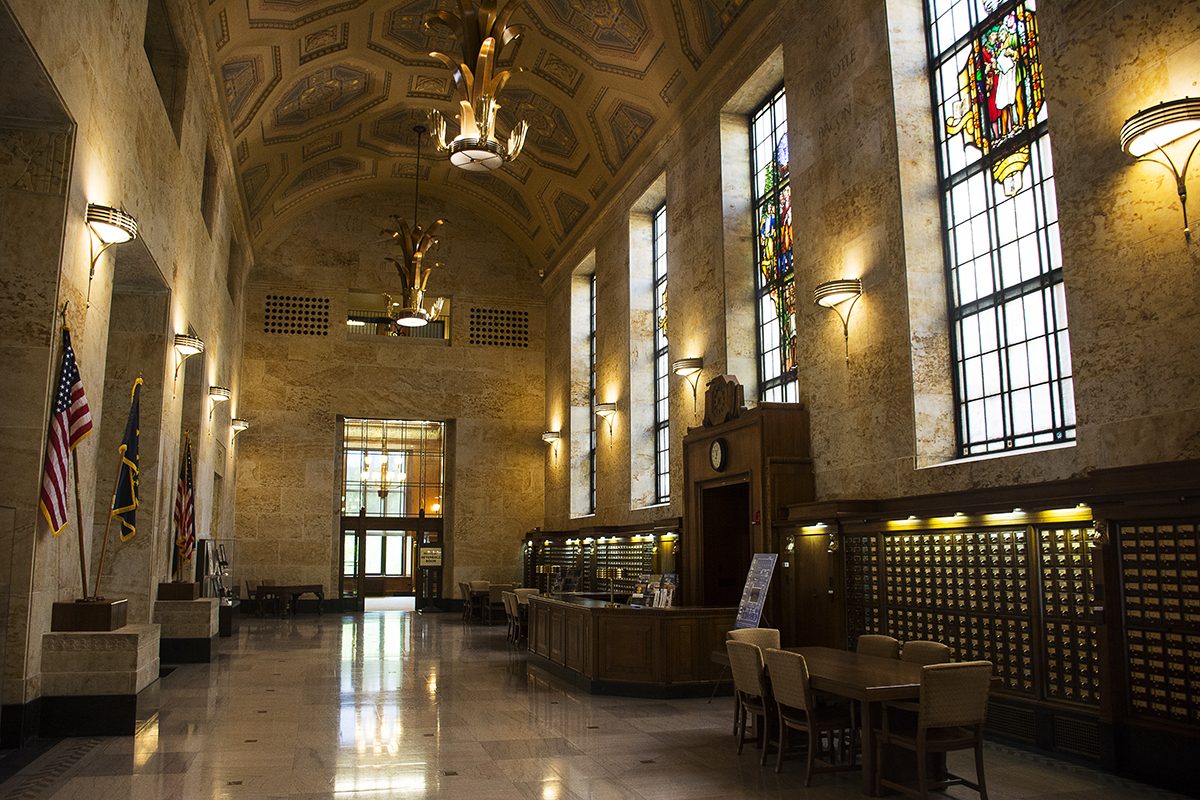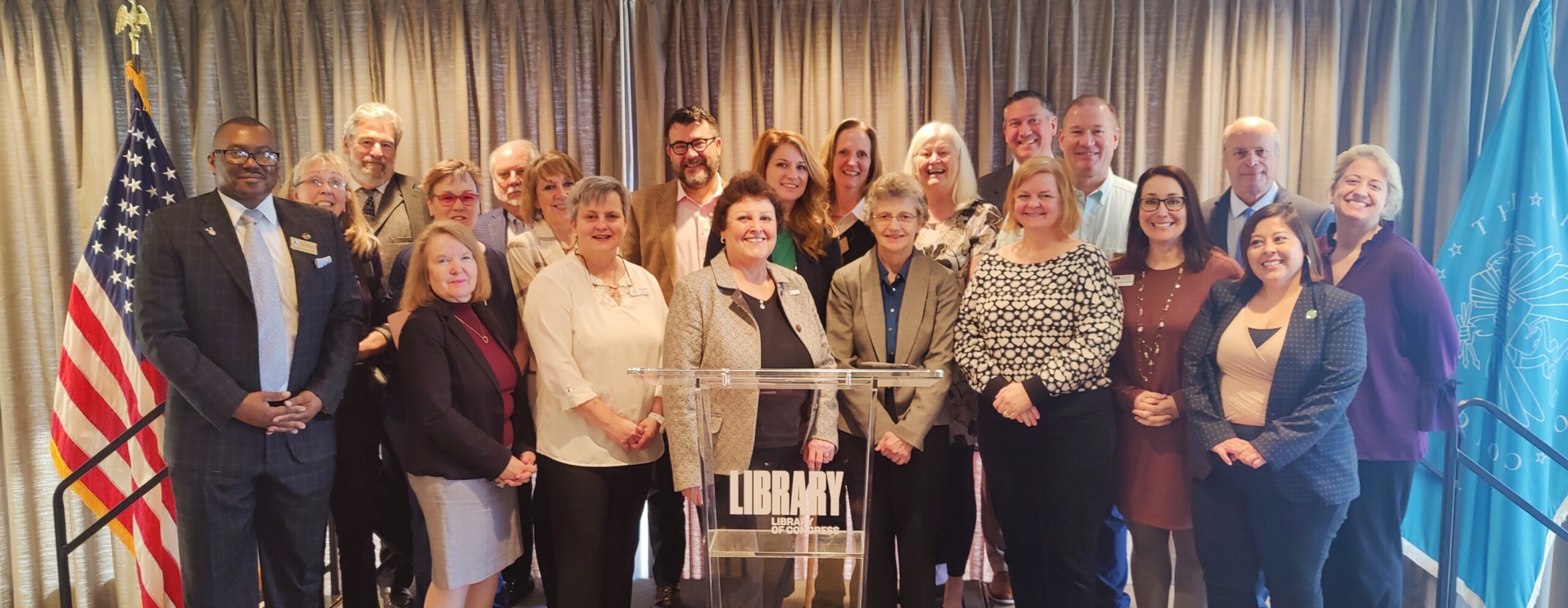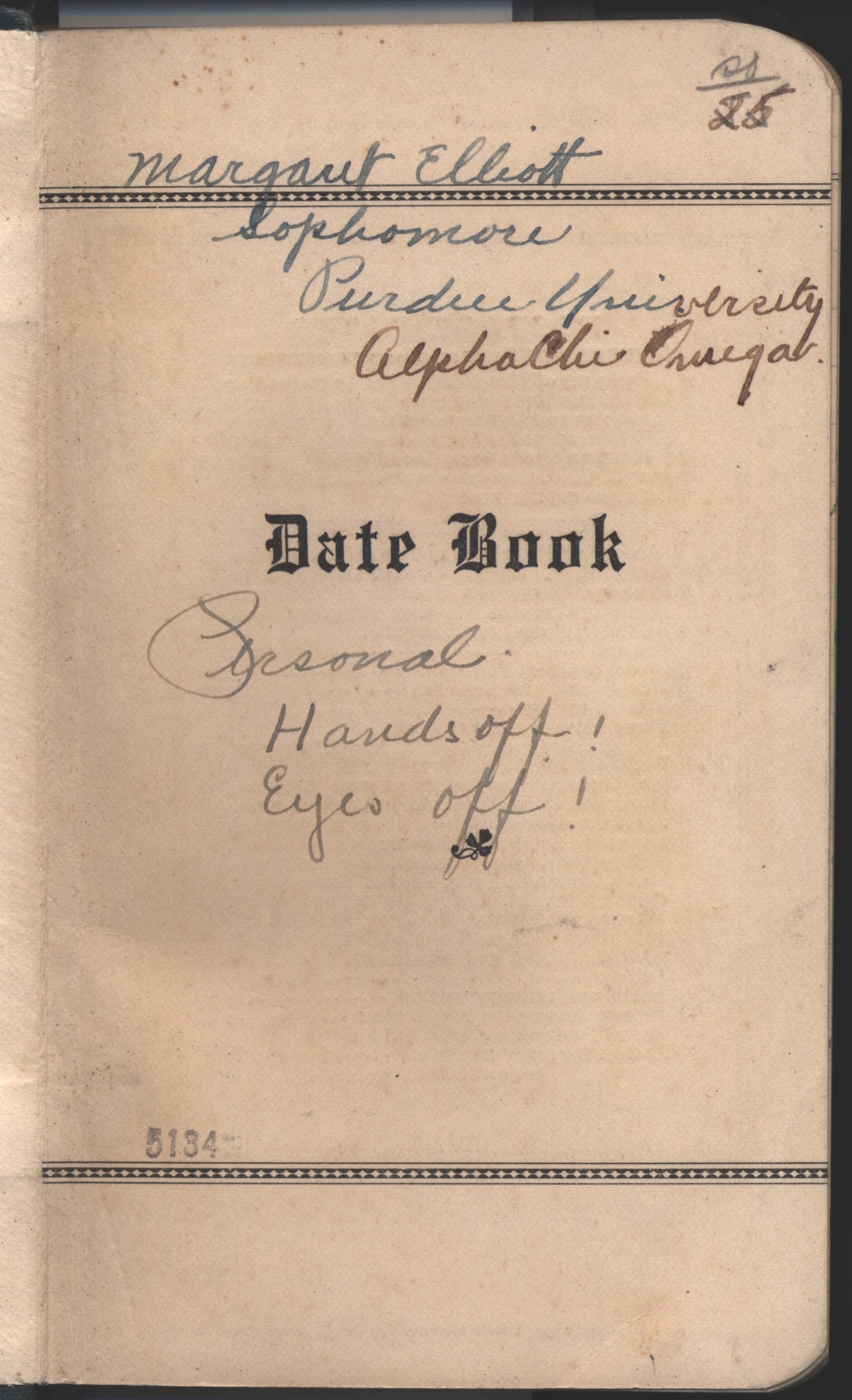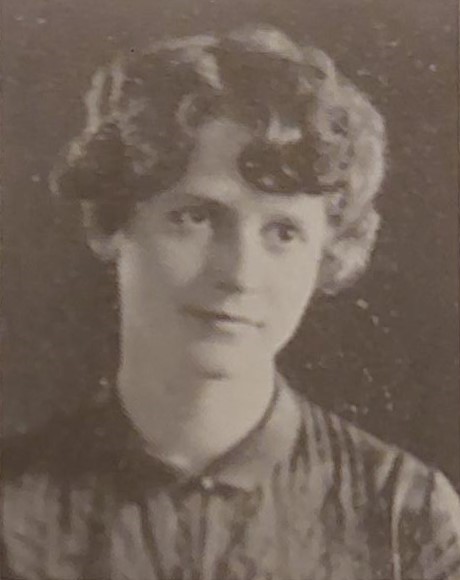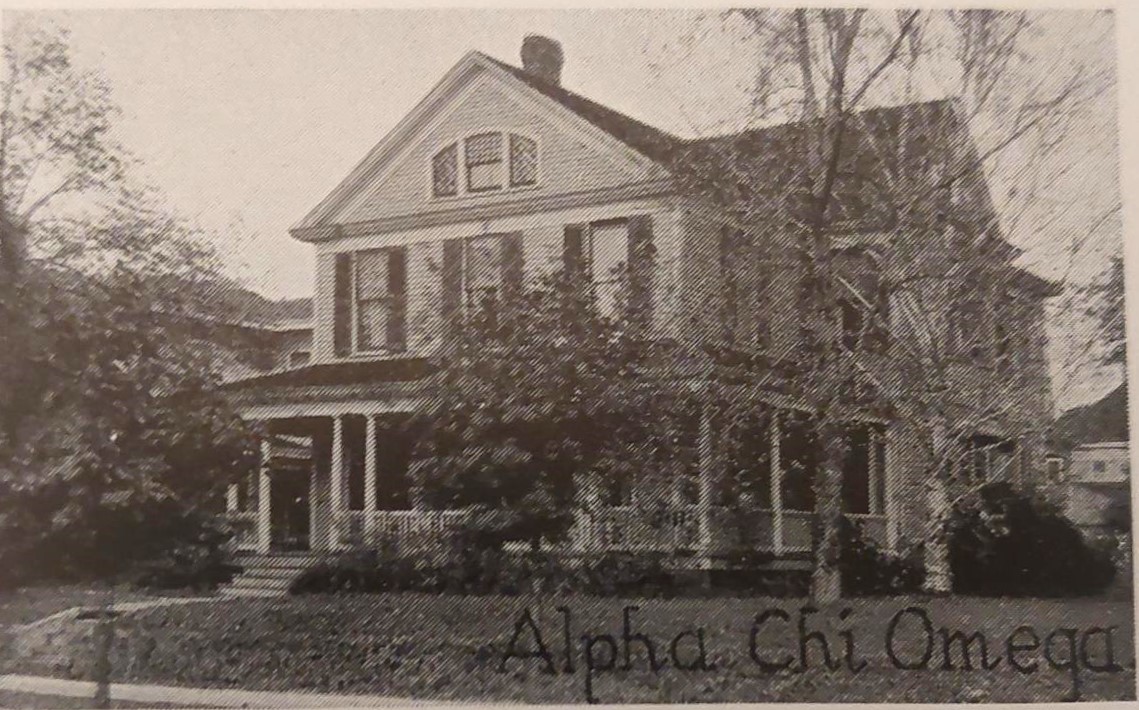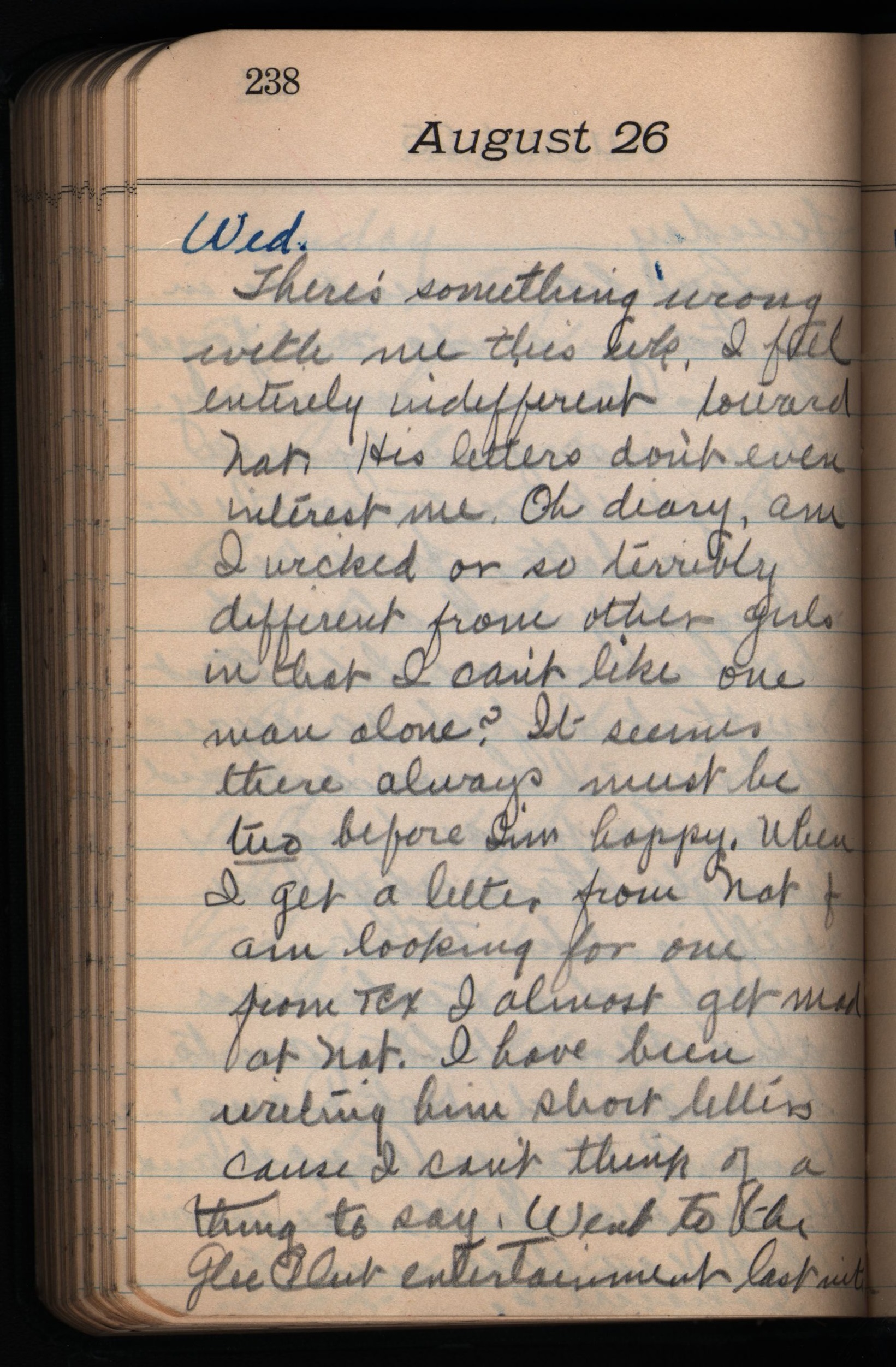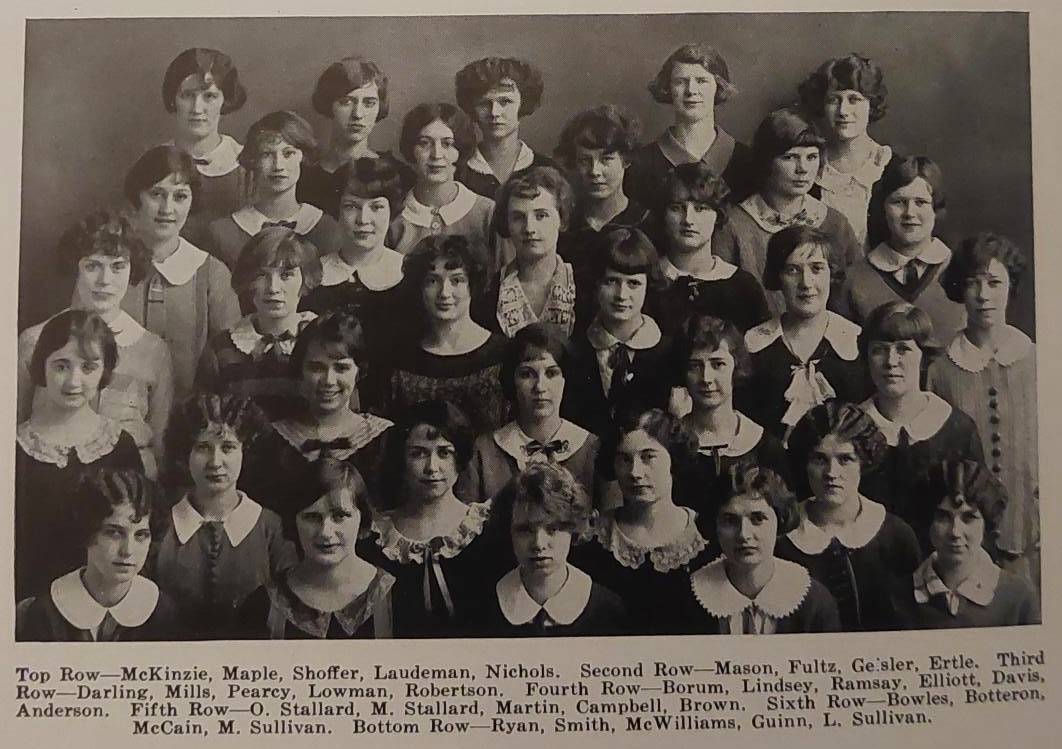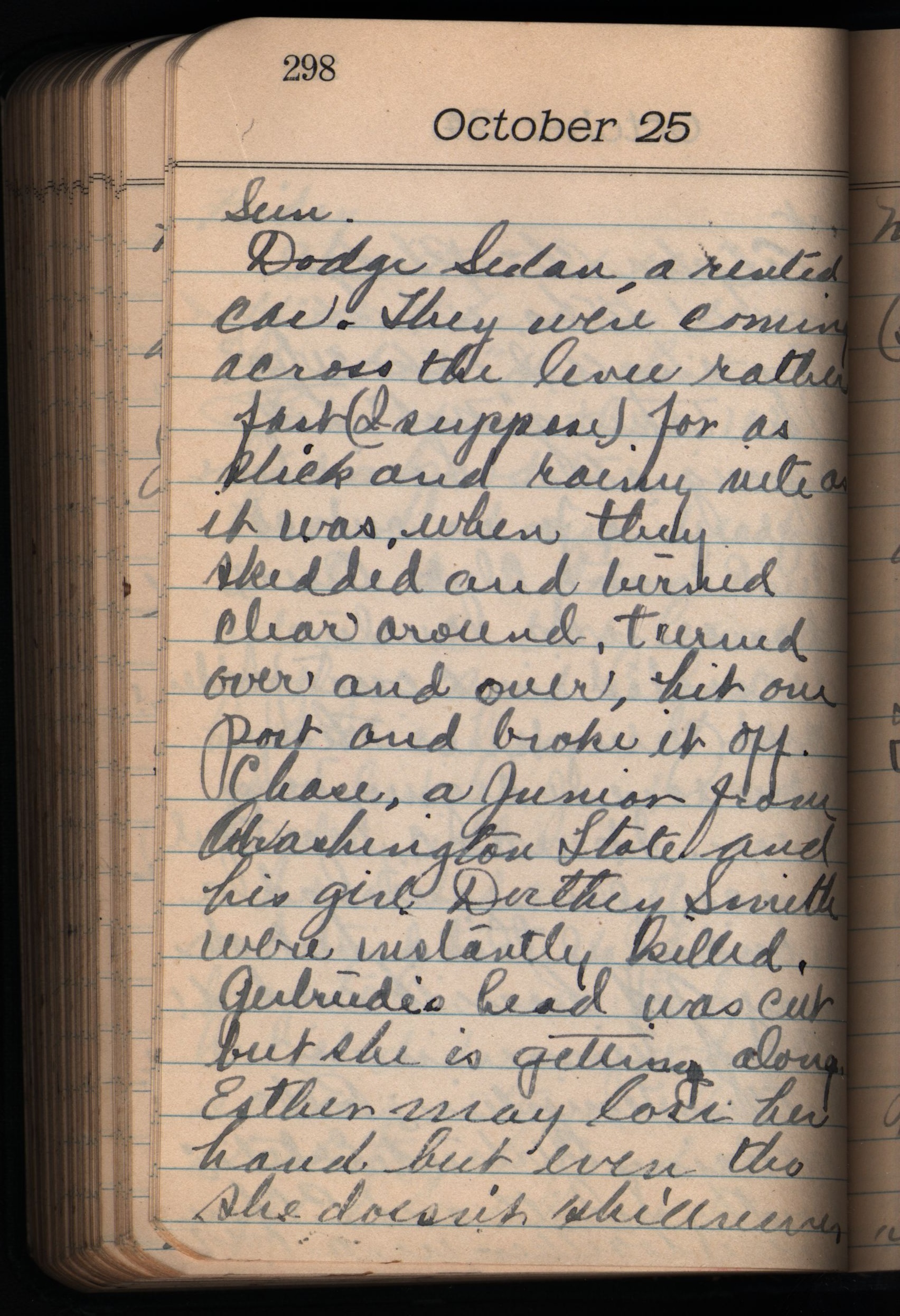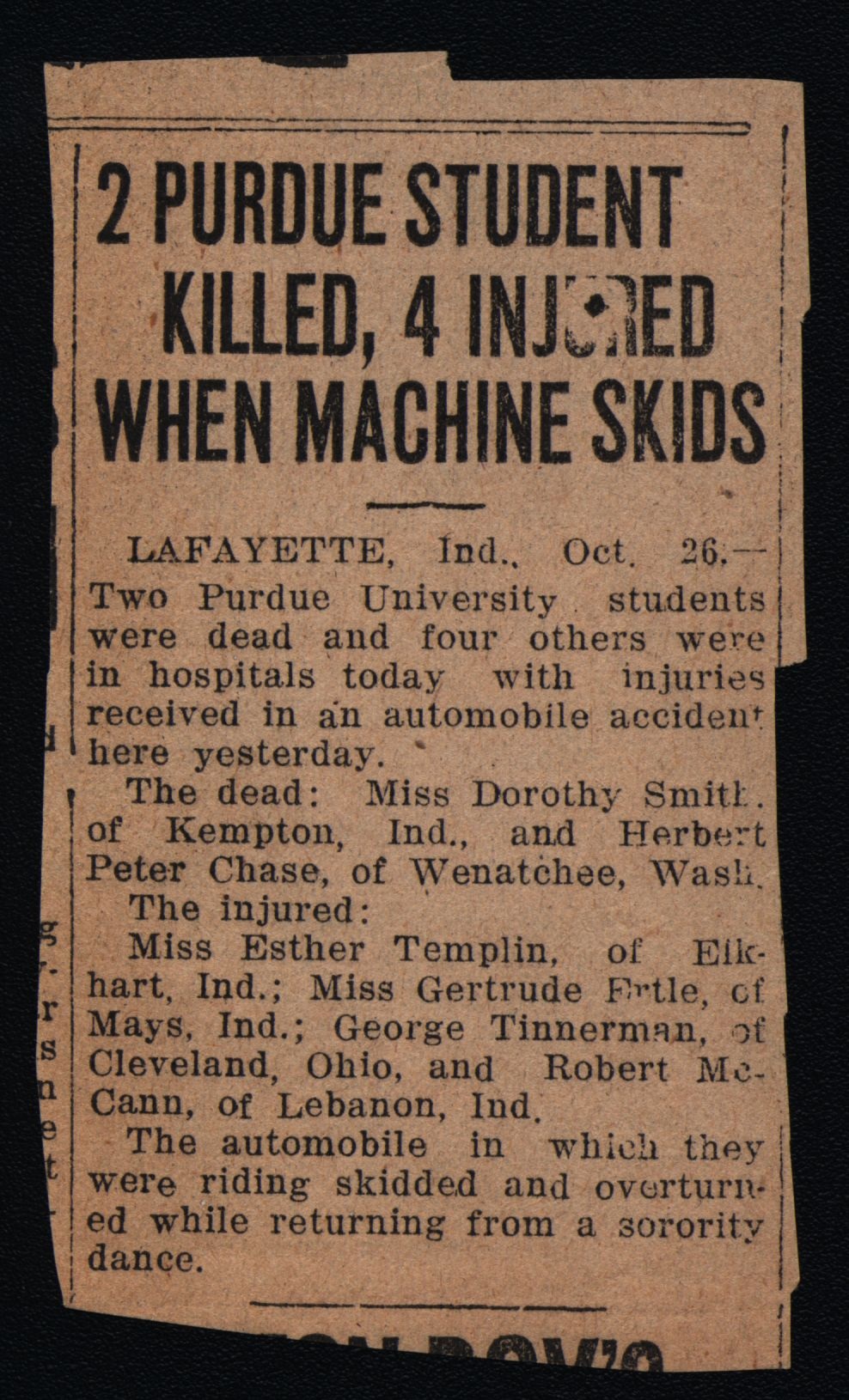I love books! As a librarian, that probably doesn’t surprise anyone. I credit my love of books to my mom. She began reading to me as a baby. By the age of two, I had my Little Golden Books memorized and could “read” them to myself. I was very proud to be the only kindergartner that already had a well-loved card when we went on a field trip to the library to get our first library card. Long before I decided to pursue a career as a librarian, I knew I wanted to be writer. I had stories to tell, like all my favorite authors!
I can’t remember I time that I wasn’t writing. A notebook and pen graduated to a typewriter, then to a desktop computer and now a laptop. Five years ago, I decided to get serious about making my dream of holding in my hands a book that has my name on the cover a reality. I had no clue how to accomplish that. I turned to posting my work on platforms like Wattpad and Archive of Our Own and building up a community of support. The friendships that I cultivated gave me the courage to take that next step, self-publishing, but I still didn’t have a clue. Thankfully, I had a friend from high school that knew what she was doing and lead me on my journey to publishing my first book.
What a journey it has been! One of my favorite parts has been participating in local author fairs at libraries and other events around Indiana. Not only have I met some amazing readers, but many wonderful Indiana authors. I’m excited to cast a spotlight on three of these authors in this article.
Ben Oneal
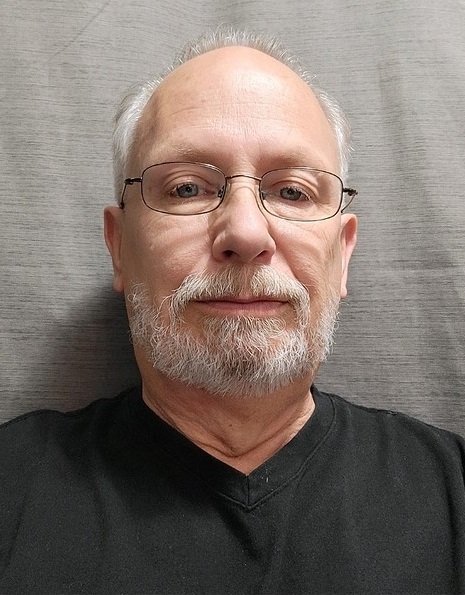

Ben Oneal is the author of The Benjamin Kroh Series, The Serpent’s Gift Series and multi-genre short stories. Oneal started writing down his thoughts in his early 20s, but it wasn’t until he was older that he decided to get serious about turning those thoughts into books. His favorite part about being an author is the storytelling and sharing his stories with the world. Oneal tried in the beginning of his career to traditionally publish but soon decided to self-publish.
The Benjamin Kroh Series books are crime thrillers that follow Agent Benjamin Kroh of the FBI’s Behavioral Analysis Unit as he tracks down serial killers in various parts of the country. The first book finds him in Central, Indiana. For this series, Oneal said that he has always been interested in why people do the things they do. When he worked at General Motors in Anderson he worked with the man that was dubbed the Indiana Bluebeard. He killed his mom, probably his dad and three wives. Oneal actually dated the sister of the third wife that Bluebeard killed. That caused an interest in the mindset of serial killers.
For The Serpent’s Gift Series, Oneal was inspired by his love of the game “What If” to fuel the words that poured from his mind. For his short stories he was able to explore genres that did not lend themselves to novels. Oneal has had a lot of fun exploring the genres of horror, environmental, romance, and many more.
For more information on Ben Oneal, check out his website.
Mark Edward Langley
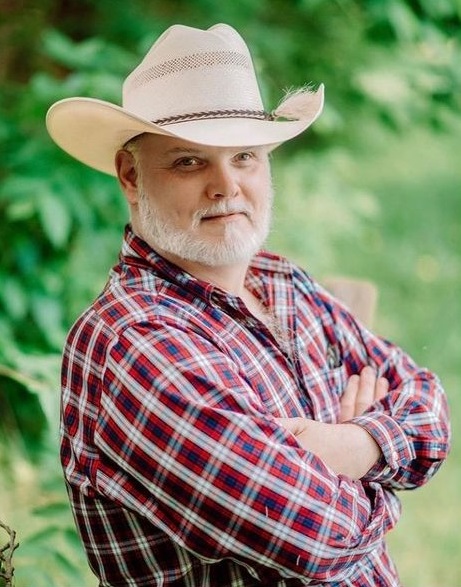
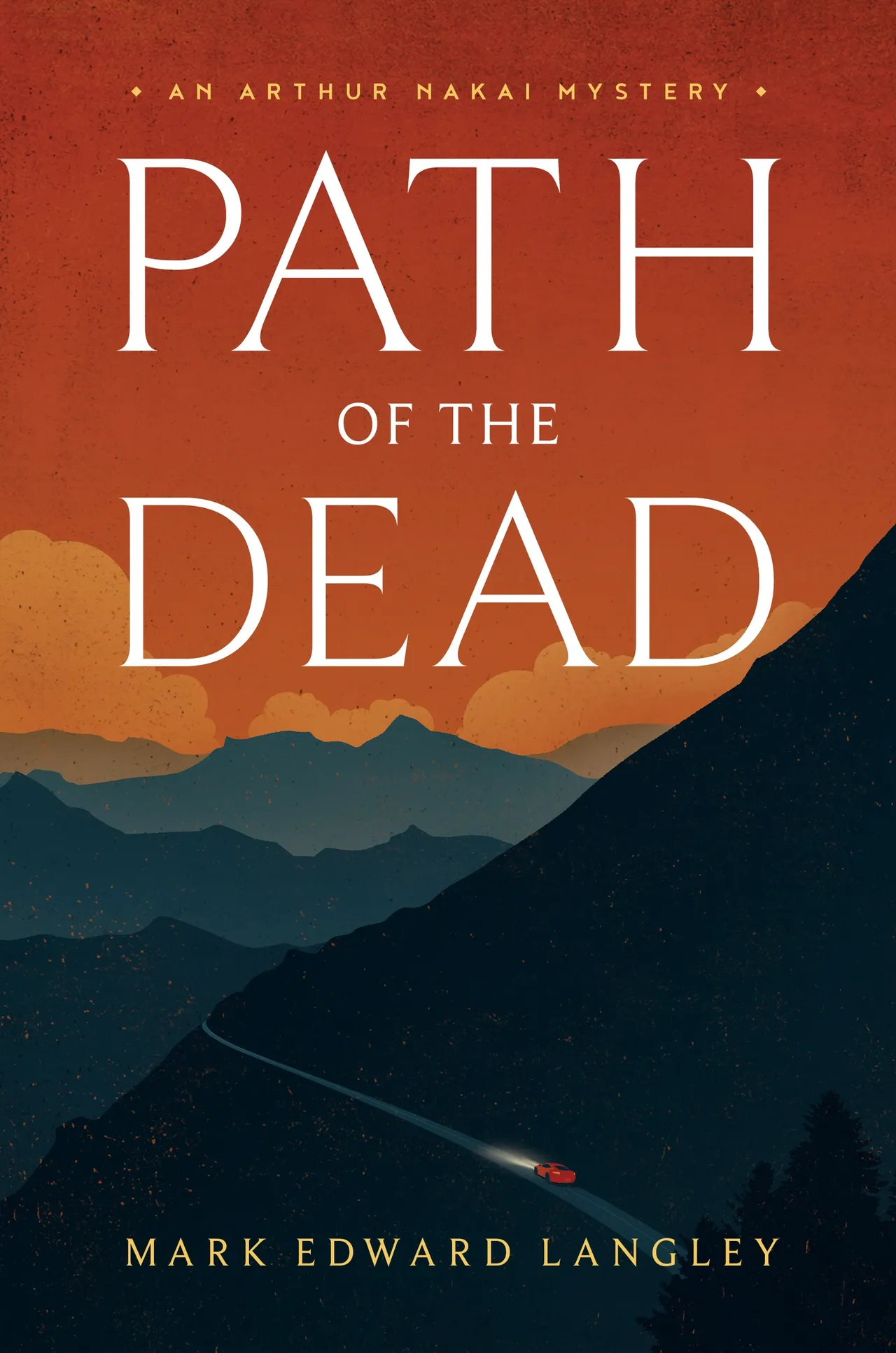
Mark Edward Langley is the author of the Arthur Nakai Mysteries and The Skye Roanhorse novels. Langley realized he wanted to be an author after reading Robert B. Parker’s Spenser series and Tony Hillerman’s Leaphorn and Chee series. It stirred something inside him that told him this is what he needed to do. His favorite part of being an author is doing the research for each novel. He lives for delving deep enough into finding exactly what he needs to create the novel he is beginning and make his readers feel as though they were a part of it. Langley’s first two books were traditionally published and he then self-published his third book. His latest book, “Bloodlines: A Skye Roanhorse Novel” is being submitted by his new agent to the “big five” publishing houses.
Langley’s novels are contemporary southwestern mysteries. His Arthur Nakai series follows Arthur, who is a former Marine and CBP Shadow Wolf who now runs his own outfitting business in Northwest New Mexico. Between giving tenderfoots back country rides, he focuses on helping the Navajo people where they police and FBI cannot.
The Skye Roanhorse novels follow Skye Roanhorse. Roanshorse is a man with a troubled past. Three years ago, as the result of an officer involved shooting, he lost not only his position as a sergeant in the New Mexico State Police, but also his family and, ultimately, himself. Two-and-a-half years later, after being given a second chance by his close friend and deputy director of the New Mexico Livestock Board, Troy Riggs, Skye is assigned to remove three horses from a crime scene where a Hopi elder was found murdered. A few days later and 50 miles from that location, a prostitute is found murdered in the same way. Putting the elements of those two cases together Skye begins to put the facts together and comes to believe the murders may have a somewhat darker connection to the death of a renowned horse racing trainer in Santa Fe. As he navigates the facts of the three cases, his old intuitions and instincts reignite, leading him to reveal the killer’s identity and an even bigger revelation. “Bloodlines: A Skye Roanhorse Novel,” book one, is coming out this year.
For more information on Langley’s books, check out his website.
Amy Brailey
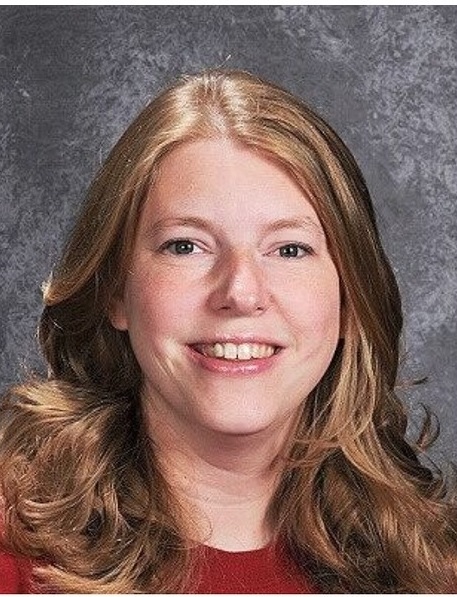

Amy Brailey is the author of The Ideal Courtship Trilogy, a young adult series. Brailey won her first author contest in fourth grade and was able to go to the Young Author’s Conference. It was an amazing experience, and really fueled her love of writing. She’s always been a reader and thinks that being a reader and writer, to a degree, goes hand in hand. Brailey’s favorite part of being a writer is hearing from readers about how her books have impacted them. Brailey says that it is an amazing experience when readers share something meaningful or connects to her writing in an emotional way. There is truly nothing like it when readers take the extra time to share their experiences with her.
When Brailey decided to publish, she did consider traditional publishers, but when friends who were published shared how editors had changed the words and intent of their writing, she decided the message of the series was too important for someone else to have any control over. She does have future projects in mind that she would consider publishing traditionally because she isn’t tied to specific wording. For her, it will be a book-by-book decision.
Brailey got the idea to write The Ideal Courtship Trilogy when an eighth grader in her class was pregnant. It was around the time when all the young adult books like “Twilight,” “Hunger Games” and “Divergent” were coming out. All portrayed romance as making out in bed and in the books that is where it ended. In real life, not so much. She felt society was in part to blame for presenting that concept of romance to young girls. She wanted to write something romantic that wasn’t so sexual and really looked at our choices.
Brailey’s other books include a book about George Washington in the French Indian War that she wrote for boys who aren’t interested in history. She also wrote a parallel Shakespeare for use by teachers. She has a collection of “finish the stories” she’s working on for English teachers to use to prompt Free Write Fridays. Additionally, she is working on a collection of the hilarious and true things junior high students have said. The Ideal Courtship series is the only one currently out – she’s finishing the third book in that series – and then she will have time to pursue getting the others out there.
For more information on Brailey’s books and future projects you can follow her on Facebook.
I had a chance to ask each author this question, “What advice would you give an aspiring author?” This is how they replied.
Ben Oneal: “Keep writing. Believe that what you have to say, is important. Find an editor that you trust. One that will not just tell you what you want to hear but will edit your work in the most professional way possible. You may have the greatest story the world has ever known, but too many mistakes turn off even the most loyal reader. Just put your heart and soul into your words, trust your editor and keep writing.”
Mark Edward Langley: “Never give up. It is your dream; your goal. Do not let anyone talk you out of living it. Also, know that even if you have an agent and a publishing house, it is still up to you to market your book. Find a qualified publicist and let them promote your novel.”
Amy Brailey: “Write the books you want to read. John Green talked about the fact that you don’t write for everyone. You write for a specific group that will love what you do. I’m paraphrasing; his quote is better. But, I agree. Not everyone will like what you write. But, for those that do, it will dramatically impact them. Most importantly, write for yourself. Write because you have a voice and something to say. Write what you’re passionate about. And I’m cheering for you!”
To find more Indiana authors and their books visit, Indiana State Library: Indiana Center for the Book.
This blog post was submitted by Lacey Klemm, Northwest regional coordinator in the Professional Development Office of the Indiana State Library.
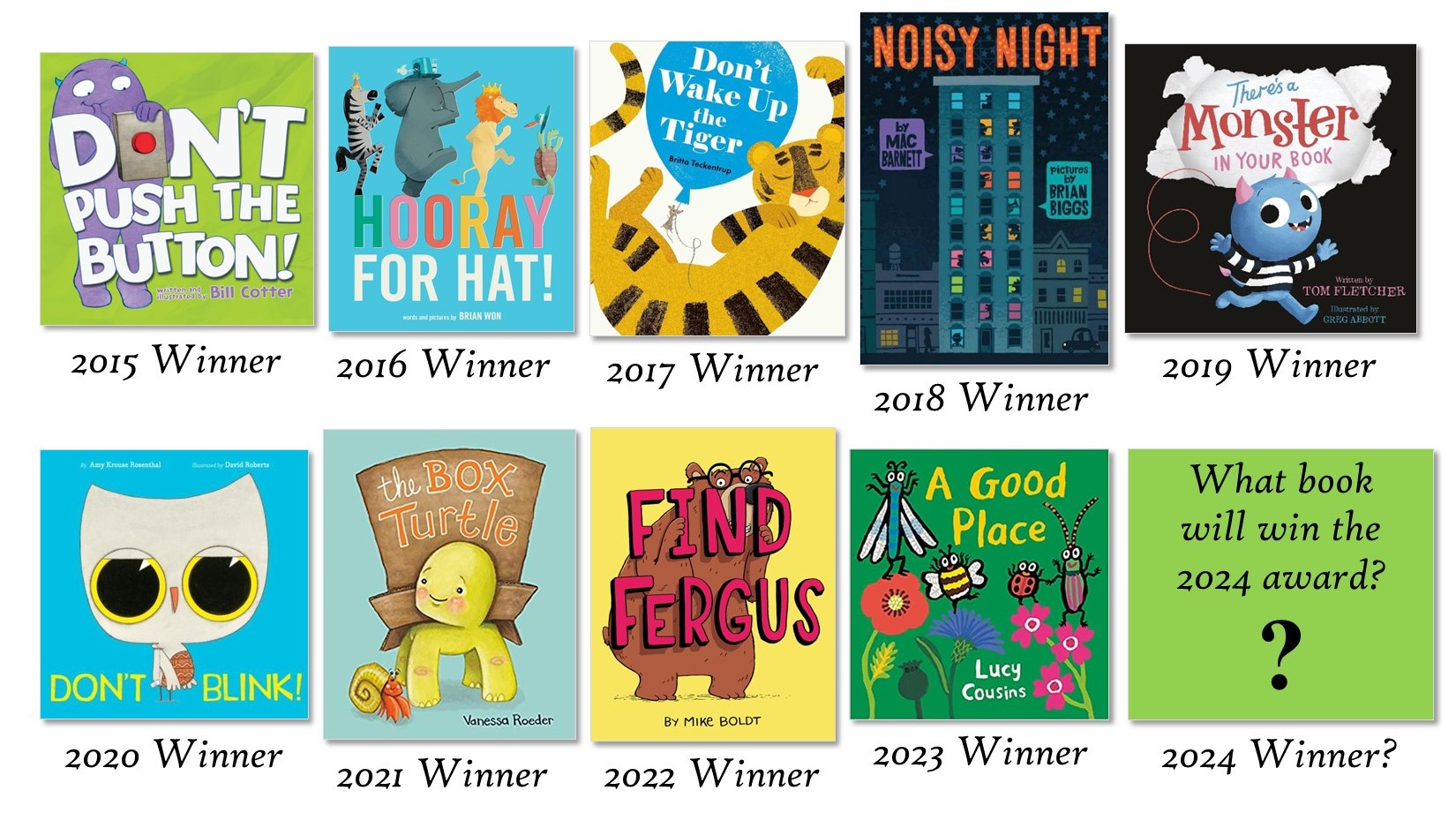 Some things about the award have changed. Starting in the second year, only five books appeared on the ballot, as it was determined that young children could more easily choose from a group of five books versus a group of eight. During the pandemic, remote voting was added. Also, starting in 2018, the Firefly Committee began creating program guides to go along with the award, providing parents, caregivers, teachers and librarians with dozens and dozens of developmentally appropriate activities to support each title appearing on the ballot. The program guide is what sets the Indiana Early Literacy Firefly Award apart from other state book awards.
Some things about the award have changed. Starting in the second year, only five books appeared on the ballot, as it was determined that young children could more easily choose from a group of five books versus a group of eight. During the pandemic, remote voting was added. Also, starting in 2018, the Firefly Committee began creating program guides to go along with the award, providing parents, caregivers, teachers and librarians with dozens and dozens of developmentally appropriate activities to support each title appearing on the ballot. The program guide is what sets the Indiana Early Literacy Firefly Award apart from other state book awards.
